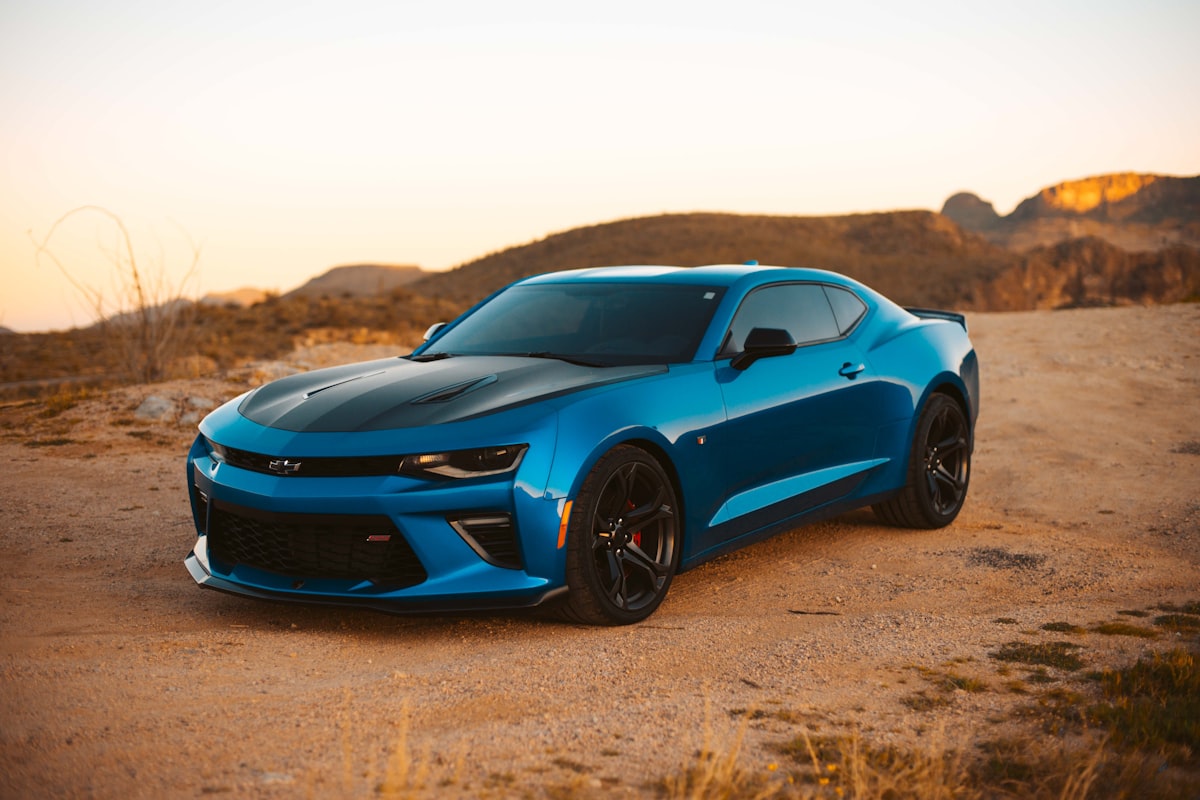When it comes to electric vehicle (EV) charging, understanding the different levels of chargers available is crucial for optimizing the charging process. One of the most common and efficient options for at-home and public charging is the Level 2 charger. This article will explore the specifics of Level 2 chargers, focusing on their power output in kilowatts (kW), and how they stand as a practical choice for EV owners.
**What is a Level 2 Charger?**
Level 2 chargers are electric vehicle supply equipment (EVSE) that provide a faster charging rate than the basic Level 1 chargers that typically come with an EV and are used with standard household outlets. Unlike Level 1 chargers that use a standard 120-volt (V) outlet, Level 2 chargers operate on 240 volts of electricity, which is similar to what large appliances like dryers and ovens use in residential settings.
**Power Output of Level 2 Chargers**
Level 2 chargers typically offer a power output ranging from about 3.3 kW to 19.2 kW. This range is broad because it can be influenced by several factors including the electric service limit of the building, the specific vehicle’s onboard charger capacity, and the specific Level 2 charger model being used. The most common Level 2 chargers provide around 6.6 kW to 7.2 kW, a sweet spot that offers a balance between charging speed and infrastructure costs.
For instance, a 7.2 kW Level 2 charger can deliver roughly 25 miles of range per hour of charging. This means that a typical electric car with a range of about 200 miles could be fully charged overnight, which is a significant improvement over Level 1 charging rates. The higher end of the spectrum, such as a 19.2 kW charger, can potentially deliver about 70 miles of range per hour of charging, which approaches the lower end of DC fast charging speeds.
**The Practicality of Level 2 Chargers**
For home use, Level 2 chargers are particularly advantageous as they reduce the time required to fully charge an EV significantly compared to Level 1 chargers. They are also increasingly common in public spaces, including shopping centers, workplaces, and hotels, providing substantial charging capacity without the extensive infrastructure and energy demands of Level 3 DC fast chargers.
Moreover, the installation of a Level 2 charger at home may be eligible for various state and federal incentives, including tax credits, which can mitigate the upfront costs. Utilities might also offer reduced electricity rates for EV charging during off-peak hours, further enhancing the cost-effectiveness of owning and using a Level 2 charger.
**Conclusion**
In summary, Level 2 chargers are a robust solution for both public and private charging stations, offering a significant bump in charging speed compared to Level 1 chargers. Their flexibility in power output, ranging generally from 3.3 kW to 19.2 kW, allows EV owners to choose a charger that best fits their vehicle’s capability and their specific charging needs. As the EV market continues to expand, the role of Level 2 chargers is becoming increasingly important in supporting the growth of electric mobility, blending convenience, speed, and efficiency in a way that benefits users and the environment alike.
Recommended EV Accessories
NOCO GENIUS10 Smart Charger – $79.95
Advanced battery maintainer and charger.
EV Charging Station Guide
Navigate the EV charging landscape.

As an Amazon Associate, we earn from qualifying purchases.





Subscribe for Updates
Get the latest articles delivered to your inbox.
We respect your privacy. Unsubscribe anytime.